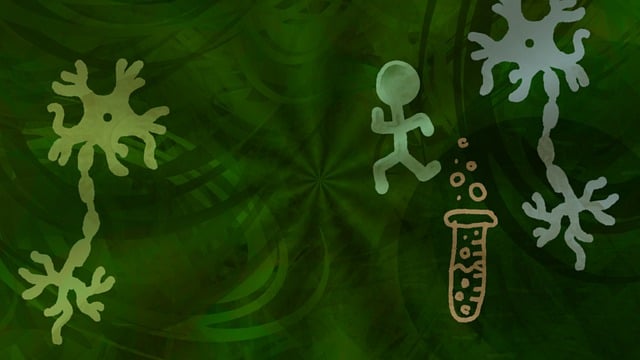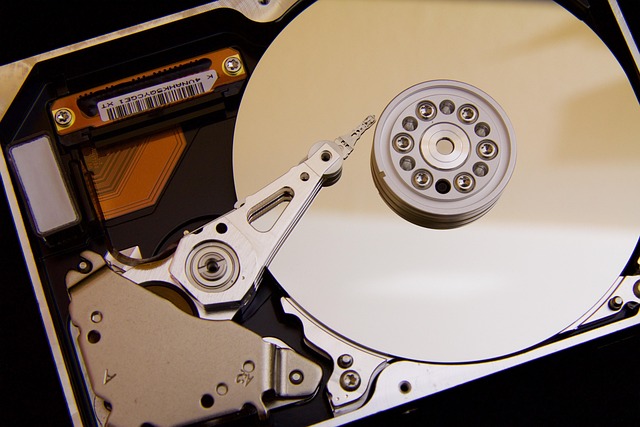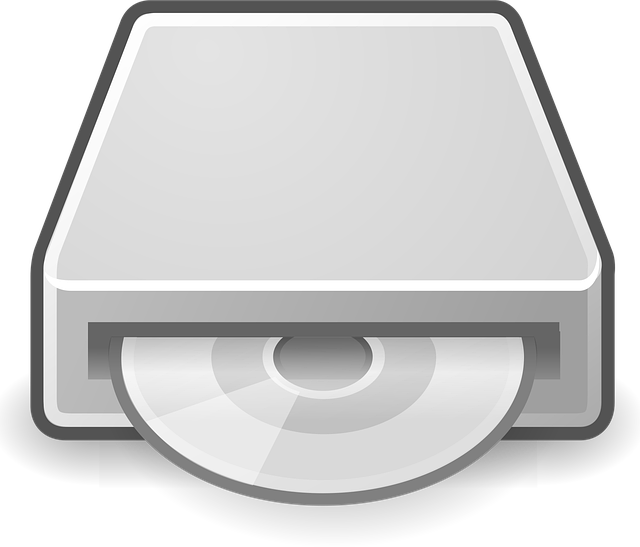A car crash can lead to a herniated disc, most commonly in the lower back or neck, causing nerve pressure and pain. Chiropractic management, including spinal manipulation and exercise routines, is a recommended non-invasive treatment by chiropractors to alleviate symptoms and prevent further damage for individuals post-car crash with herniated discs. This holistic approach combines manual adjustments, education, and ergonomic modifications to restore natural curvature, reduce nerve root pressure, and empower patients with tools for long-term disc health management. Recovery involves personalized treatments like chiropractic care and physical therapy, while preventive measures include regular chiropractic check-ups, good posture, careful lifting, exercise, and healthy lifestyle choices to enhance spinal protection.
After a car crash, understanding and addressing herniated discs is crucial. This article guides you through the complexities of diagnosing and treating herniated discs resulting from vehicular accidents. We delve into the role of chiropractic management as an effective treatment option for pain relief and restoration of function. Additionally, we explore recovery strategies and prevention techniques to help you navigate the road to healing and minimize future risks. Discover how chiropractic care can be tailored to your specific needs following a post-car crash diagnosis of herniated discs.
- Understanding Herniated Discs After a Car Crash
- Chiropractic Management for Effective Treatment
- Recovery and Prevention Strategies
Understanding Herniated Discs After a Car Crash
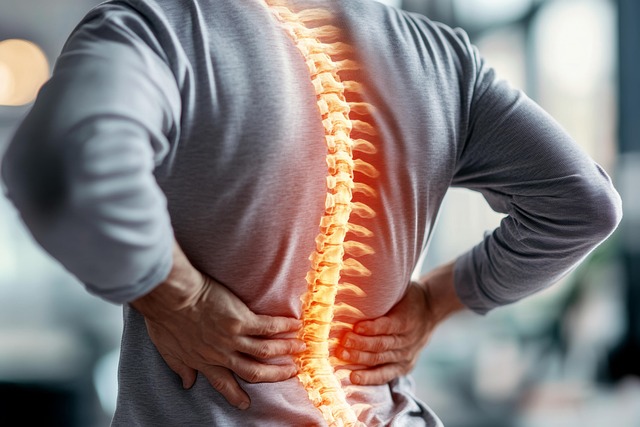
A car crash can cause significant trauma, and one common injury that often goes unnoticed initially is a herniated disc. These discs act as cushions between the vertebrae in your spine, providing flexibility and shock absorption. When a sudden impact occurs during a collision, the force can disrupt the soft inner nucleus of a disc, leading to a herniation. This condition is particularly prevalent in the lower back (lumbar region) but can also affect the neck (cervical spine).
Chiropractic management is often a recommended approach for individuals experiencing herniated discs post-car crash. Chiropractors utilize various techniques, including spinal manipulation and adjustments, to alleviate pressure on the affected nerves and reduce pain. They may also suggest specific exercises and stretching routines to strengthen the back and improve flexibility, which can aid in the healing process and prevent further damage.
Chiropractic Management for Effective Treatment
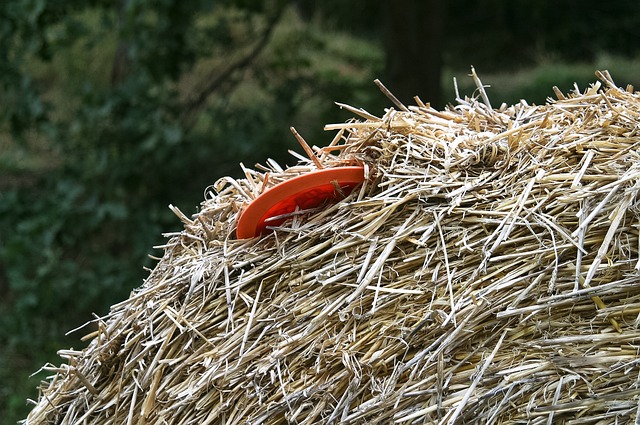
Chiropractic management plays a crucial role in the effective treatment of herniated discs following a car crash. Chiropractors are specifically trained to diagnose and address spinal issues, including herniated or slipped discs. After a motor vehicle accident, chiropractic care can help alleviate pain and improve mobility by adjusting the spine and supporting structures. This non-invasive approach focuses on realigning the vertebrae and restoring the natural curvature of the spine, which can reduce pressure on nerve roots and promote healing.
Chiropractic management for herniated discs involves a combination of manual adjustments, specific exercises, and patient education. Chiropractors may use techniques such as spinal manipulation, soft tissue therapy, and electrical stimulation to manage pain and inflammation. They also provide guidance on postural improvements, ergonomic modifications, and stretching routines that patients can perform at home. This comprehensive approach not only helps in the short term but also empowers individuals with knowledge and tools for long-term disc health management.
Recovery and Prevention Strategies
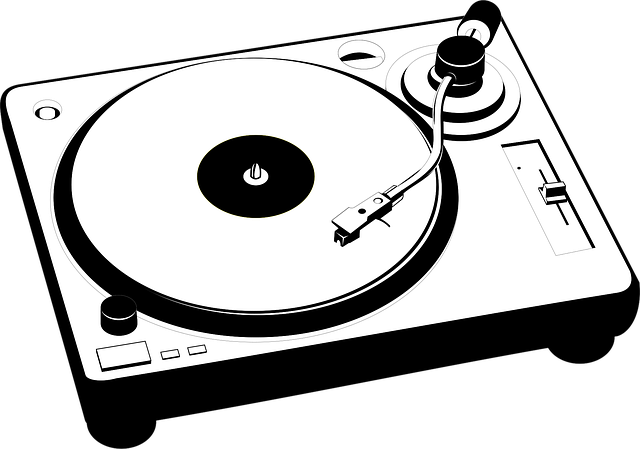
Recovery from a herniated disc after a car crash often involves a combination of treatments tailored to the specific injury. Chiropractic management is a commonly recommended approach, focusing on adjusting and manipulating the spine to reduce pressure on the affected nerves. This gentle technique can help alleviate pain, improve mobility, and promote healing. Physical therapy is another crucial component, incorporating exercises designed to strengthen back muscles, enhance flexibility, and prevent future injuries.
To prevent herniated discs post-car crash, it’s essential to prioritize spine health. Regular chiropractic check-ups can help identify potential issues early on. Maintaining good posture while sitting and lifting objects carefully with proper form are simple yet effective measures. Staying active through regular exercise also strengthens supporting muscles, creating a robust protective network for the spine. Additionally, adopting a healthy lifestyle with proper nutrition supports overall well-being, contributing to a faster recovery and reduced risk of future disc-related injuries.
After a car crash, understanding and addressing herniated discs is crucial for a full recovery. Chiropractic management offers an effective, non-invasive approach to treating these injuries, focusing on adjusting the spine and relieving pressure on affected nerves. By combining this with targeted recovery strategies and preventive measures like improved posture and regular exercise, individuals can speed up their healing process and reduce the risk of future herniated disc incidents. For those dealing with post-car crash pain, exploring chiropractic management for herniated discs is a vital step towards regaining mobility and living pain-free.
